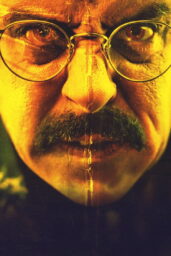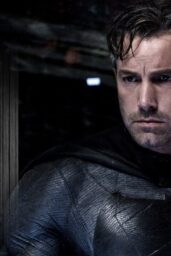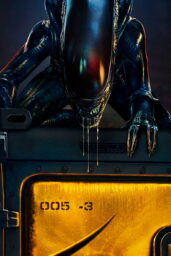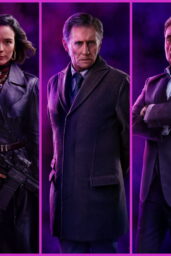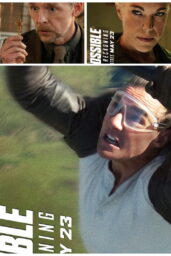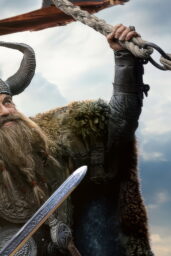The Third Fire: Why Avatar Isn't Cooling Down
Remember the moment you first saw Pandora? Bioluminescent forests. Floating mountains. That sense of otherworldly wonder was seared into our collective cinematic memory. Now, with Avatar: Fire and Ash, James Cameron lights a new flame—both literally and artistically—with concept art that isn't just eye candy, but emotional foreshadowing.
Let's not dance around it—concept art has evolved. It's no longer just an internal sketchbook for VFX teams; it's the DNA of a film's soul. The recently revealed visuals for Avatar: Fire and Ash don't whisper “sequel”—they scream revolution. And if you think you've seen Pandora? Think again.
Avatar Fire and Ash Concept Art
It's more than color palettes and creature designs. The new concept art introduces us to darker landscapes and even darker philosophies. We're shown underwater grace and volcanic rage, sometimes in the same frame. Imagine Finding Nemo on LSD mixed with Mad Max: Fury Road. That's the tonal dichotomy the artists are chasing—and so far, they're nailing it.
From the graceful, tribal insignia of the Mangkwan Clan to the haunting eyes of Ta'nok, the details suggest a deeper narrative architecture than even The Way of Water hinted at.
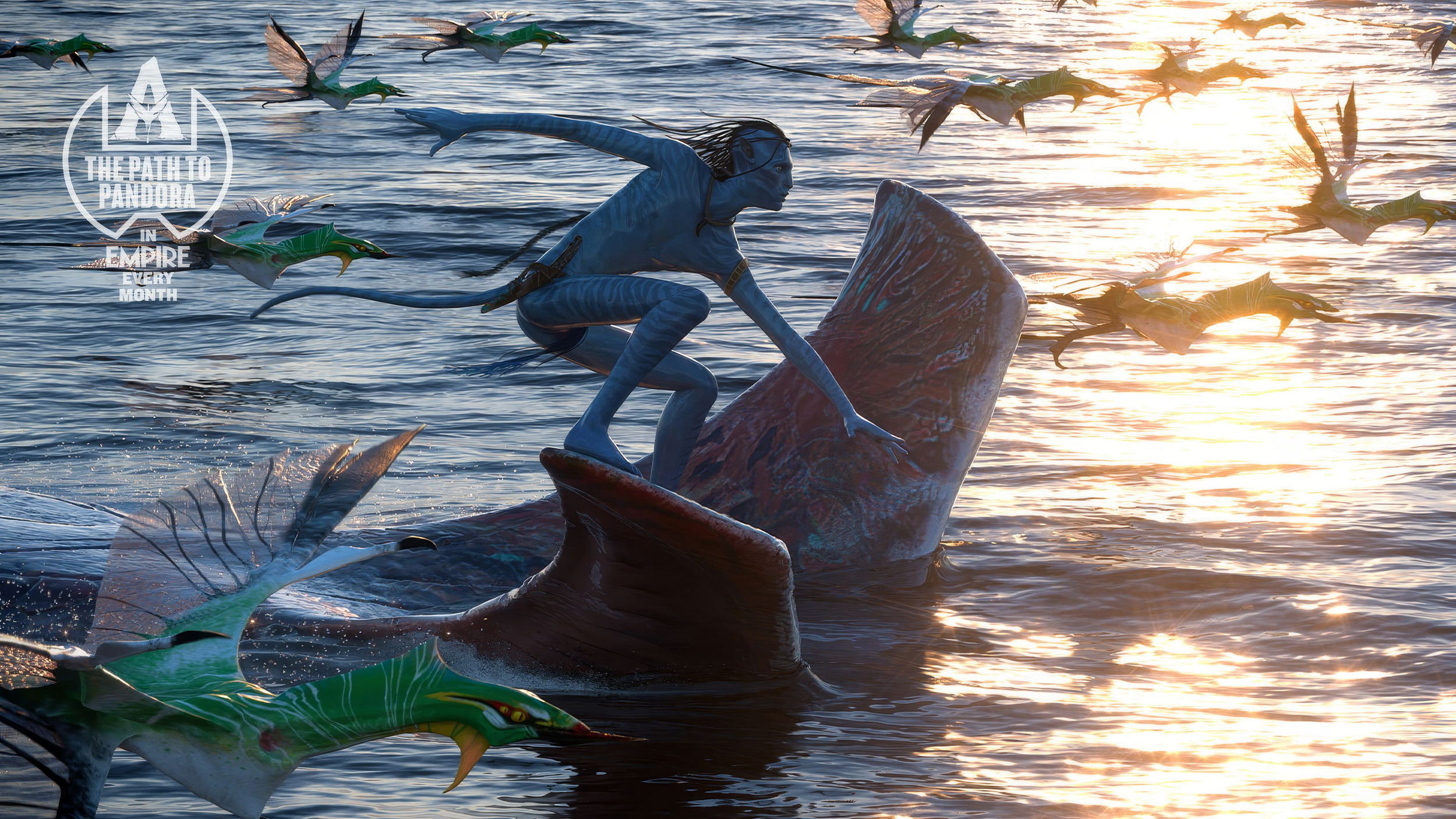
How Payakan Became the Star Nobody Expected
He was supposed to be a side character. Just another noble beast in Cameron's epic eco-poem. But Payakan, the rogue tulkun, became a breakout star. “He's turned out to be one of the most popular characters,” said VFX supervisor Richard Baneham. So now? He's center stage. Expect Payakan's arc to challenge even Neytiri's emotional depth.
The Surprising Power of Outcast Friendships
Ta'nok, Payakan's female tulkun companion, isn't just a romantic subplot. She's another outcast. Another exile. Their bond? Less Titanic, more Bonnie and Clyde—if Bonnie was a sea whale who spoke in clicks and memories. This connection could very well redefine how audiences perceive emotional relationships in non-human characters.
Tattoos, Rings, and the Echoes of Na'vi History
Matriarch and Patriarch—new clan leaders—aren't just costumed up for flair. The tattoos, jewelry, and regalia scream “generational trauma” and “power earned, not inherited.” Baneham explains these are visual indicators of backstory, “suggesting history beyond what we're seeing.” Think of it as wearable lore.
Why the Mangkwan Clan Will Change Pandora Forever
The Ash People, introduced through volcanic visuals and war-like symbolism, are everything the forest Na'vi aren't. Cameron says they reflect “the worst side of the Na'vi.” That's bold. And it's real. In a world flooded with idealized rebellion, the Mangkwan stand as Pandora's own extremists—birthed from natural disaster, hardened by hatred.
The Dark Mirror: Ash People and Real-World Reflections
Here's the kicker: Cameron's no stranger to sociopolitical metaphors. From Terminator to Aliens, he's always woven ideology into action. The Ash People? They resent nature. Sound familiar? They're allegories for humanity's own disconnection—from climate change denial to industrial apathy.
Floating Tribes and the Airborne Evolution of the Na'vi
If the ocean was the soul of Way of Water, the skies are the lungs of Fire and Ash. A new nomadic tribe traverses Pandora by air, their concept art marked by feathered wingsuits and spiritual mobility. Flight isn't just movement—it's escape. From trauma. From fire. From the past.
When VFX Feels More Human Than Hollywood
Here's the uncomfortable truth: Avatar's creatures often act with more emotional clarity than half the human leads in blockbusters. That's not CGI—it's storytelling. And concept art is the sketchpad of empathy.
Why One Movie Became Two, Then Three (and More)
Initially planned as a single sequel, Way of Water and Fire and Ash were split because the narrative grew legs. Or fins. Or wings. Cameron realized the richness of his world couldn't be crammed into two hours. The concept art? Proof that every visual deserves its own story.
From Canvas to Cinemas—The Fire is Coming
Concept art isn't just an appetizer anymore. For Avatar: Fire and Ash, it's the first course in a cinematic feast that promises to be explosive, emotional, and exquisitely crafted. You can feel the fire—and it's not just on screen. It's in the art, the storytelling, and maybe even in us.
Would you risk believing in Pandora again? Comment below.

